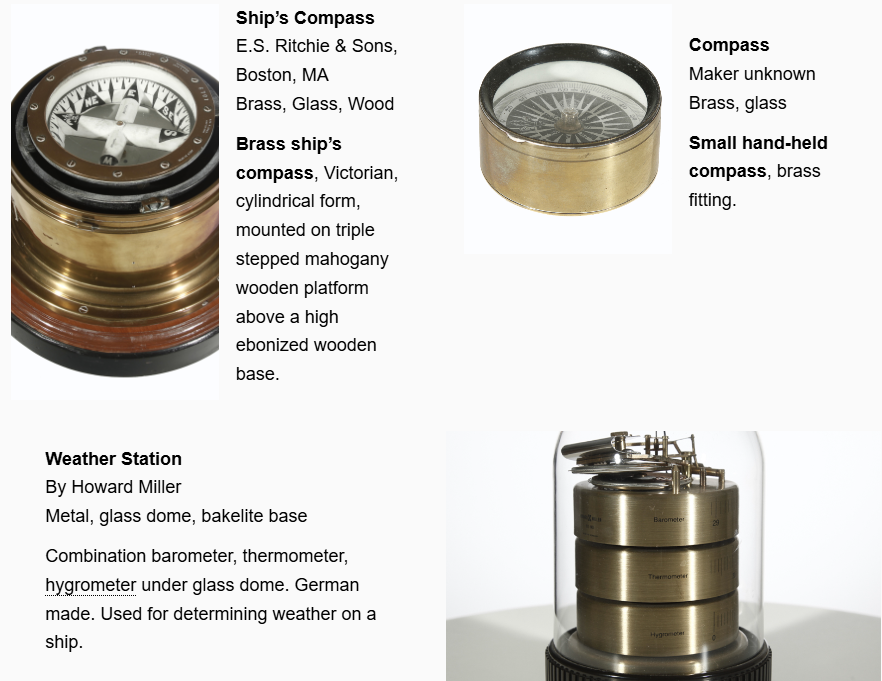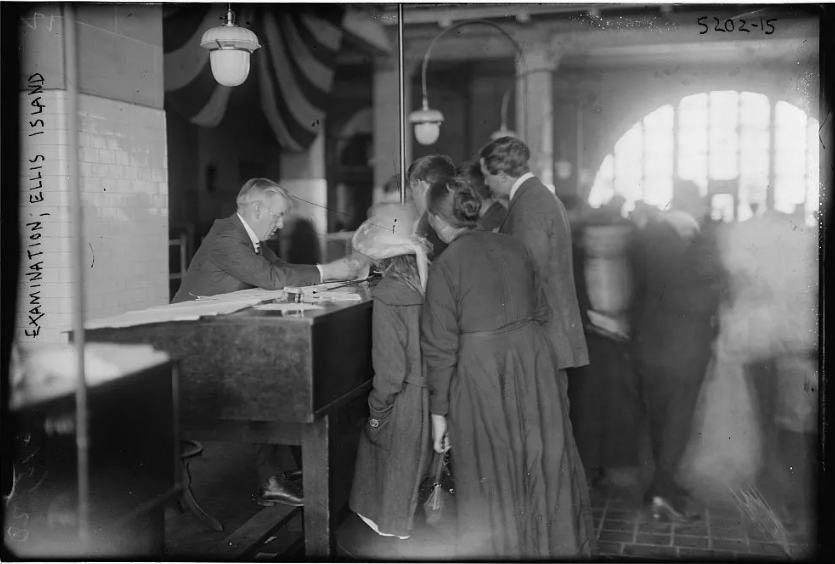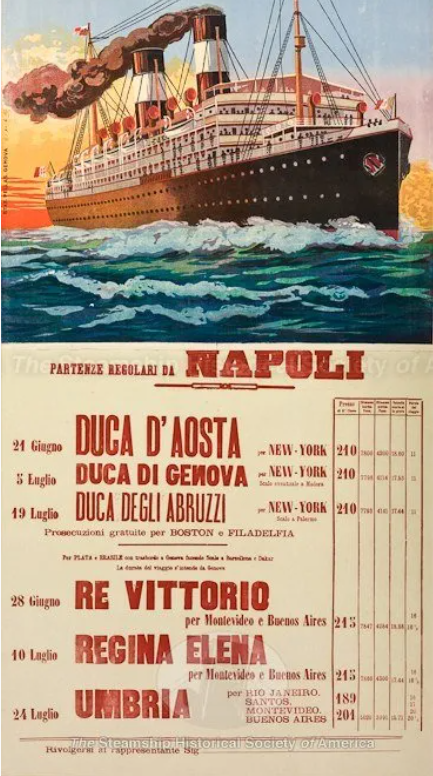About This Lesson
SCIENCE – Students will learn what causes wind, how scientists measure wind, and how it impacts ships. This NGSS-standards-aligned Earth Science lesson includes an activity to create a wind vane to measure the direction of the wind. Students will also learn though primary sources from the Ship History Center. Students will see a weather station and view images from our collection in a SHIPS short film, featuring a first person narrative about what it was like on board the SS Flandre traveling through a whole gale in 1958.
Education Standards
Next Generation Science Standards
- Performance Expectations – K-ESS2-1: Use and share observations of local weather conditions to describe patterns over time. Note: The activities in this lesson focus on what wind is and how wind is produced. Students will understand the connection between the particles that make up the air and the effects of wind.
- Disciplinary Core Ideas – K-ESS2.D: Weather and Climate – Weather is the combination of sunlight, wind, snow or rain, and temperature in a particular region at a particular time.
- (K-ESS2-1) Students conduct two activities and view an animation to begin to understand that air is made of tiny particles and that wind is moving air. Students are also introduced to the idea that wind results from warm air rising and colder air moving in to take its place.
- Science and Engineering Practices
- Analyzing and Interpreting Data – Use observations (firsthand or from media) to describe patterns in the natural world in order to answer scientific questions.
- (K-ESS2-1) Students blow on strips of paper and wave magazines at student-made towers to model wind. In addition, students also view an animation to help answer the question: What is wind? Students refine their understanding of the connection between the particles in air and the effects of wind by experiencing the way objects move in the “wind” that students make.
- Crosscutting Concepts Patterns – Patterns in the natural world can be observed, used to describe phenomena, and used as evidence.
- (K-ESS2-1) Cause and Effect – Events have causes that generate observable patterns. Students investigate the cause of wind and the reason objects move when wind hits them. They begin to understand that since air is made of tiny particles, and wind is moving air, the tiny particles hit against objects and make them move.












